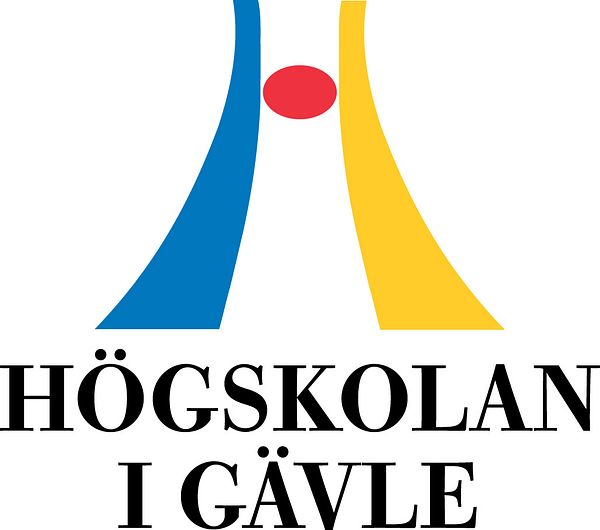Press release -
The history of Mexico City teaches us how to preserve natural areas in cities
“To understand history, how people have adapted the wetland to enable it to survive, is important in the protection of green areas in cities today,” says Maria Schewenius, environmental researcher at the University of Gävle.
Xochimilco wetland, on the outskirts of Mexico City, is one of the most resilient and productive agriculture areas in world history, first established for more than a thousand years ago, before Spanish people arrived in Mexico.
This area is very special as it is the last remaining part of a large area of channels, which originally created in and by Lake Texcoco, where today's Mexico City has emerged.
Xochimilco has changed in cycles
he researchers show how the first cycle began when the Spaniards invaded in 1521 and began to drain the canal area. The second cycle, between 1700-1950, was about the country's independence and the establishment of Mexico City, when the water stock in Xochimilco decreased and the water quality deteriorated. In the third cycle, from the middle of the 21th century, Mexico City grew explosively, which, together with changes in land policy, has created increasing pressure to switch from agriculture to other land uses.
Maria Schewenius
“We can see how this area of wetland agriculture changes, in three different cycles. These changes are brought about by political changes that have affected people’s ability to cultivate the land and survive on its crops,” says Maria Schewenius. “No one has identified these cycles in this way earlier; and we have examined the common denominators that have helped the system survive.”
People have found ways to make it work
Despite the increasing pressure on the land and changes in the conditions, people have found ways to make it work. Crops have been changed to fit the market, for instance, by switching to flowers and beautiful plants that are in high demand today. Different solutions have been used to get the water into the area. Boat trips on the canals are a popular tourist destination.
“These solutions have all been about a gradual adaption to the current situation: water quantity, water quality and economic factors. Since we have identified these cycles, each one with their individual challenges and respective solutions, which in turn have enabled this area to survive, we hope that these insights can be used to develop resilient agriculture practices in the future as well.”
So much more than just agriculture
Xochimilco stands for so much more than just agriculture; it is an important habitat for both aquatic and terrestrial species, animals as well as plants. Here you can find, among other things, axolotl, a native species that is related to the salamander and which is being investigated in medical research for its regenerative properties.
The area also helps control temperature and clean the air for large parts of Mexico City. This eco system service the area provides for the whole city may go unnoticed as long as the area remains green and keeps its channels.
- Temperature control and air purification are very important functions. When cities become both larger and denser, they also become warmer and often have problems with air quality.
Major tourist attraction today

Boat trips along the Xochimilco canals are a popular destination for locals and tourists alike.
The use of the islands has changed. but nowadays people use them for parties and football. Today, Xochimilco is a major tourist attraction, and it is a popular area to visit to just to sit on the green grass or go by boat on the channels.
“But Xochimilco is also important from a cultural perspective, as it represents the history of the city and can contribute to people’s psychological experience of the city.”
Maria points out that by understanding the history of a place, we can find problem areas as well as the solutions used to solve these problems and, in this way, learn for the future.
“It is important to protect natural areas in cities. A mosaic of different types of green areas as an integrated part of urban spaces is crucial to both people’s physical and mental well-being in an urban landscape,” Maria Schewenius concludes.
Contact:
Maria Schewenius, doktorand vid Högskolan i Gävle
Tel: 070-775 37 81
e-post: Maria.Schewenius@hig.se
Text: Douglas Öhrbom
Photo Maria Schewenius: Ashley Perl
Phto Xochimilco: Maria Schewenius
Topics
- Environmental politics
Categories
- research
- climate change
- ecosystem services
- mexico city
- biobank
- environmental protection
- university of gävle
- urban landscape
- environmental psychology
- biological values
- xochimilco
- maria schewenius
- wetland agriculture
Education and Research at a Scenic Campus.
The University of Gävle has approximately 17 000 students, more than 50 study programmes and second-cycle programmes, about 1 000 courses in humanities, social and natural sciences and technology.
Research Profiles
Built Environment and Health-promoting Working Life are the general research profiles of the higher education institution. Important parts included are Spatial Planning with a specialisation in Sustainable Built Environment and Musculoskeletal Disorders with the purpose to prevent work-related injuries. In 2010, the higher education institution received permission to carry out third-cycle programmes in the profile area of Built Environment.
The higher education institution has applied for permission to carry out third-cycle programmes in technology, humanities and social sciences.
